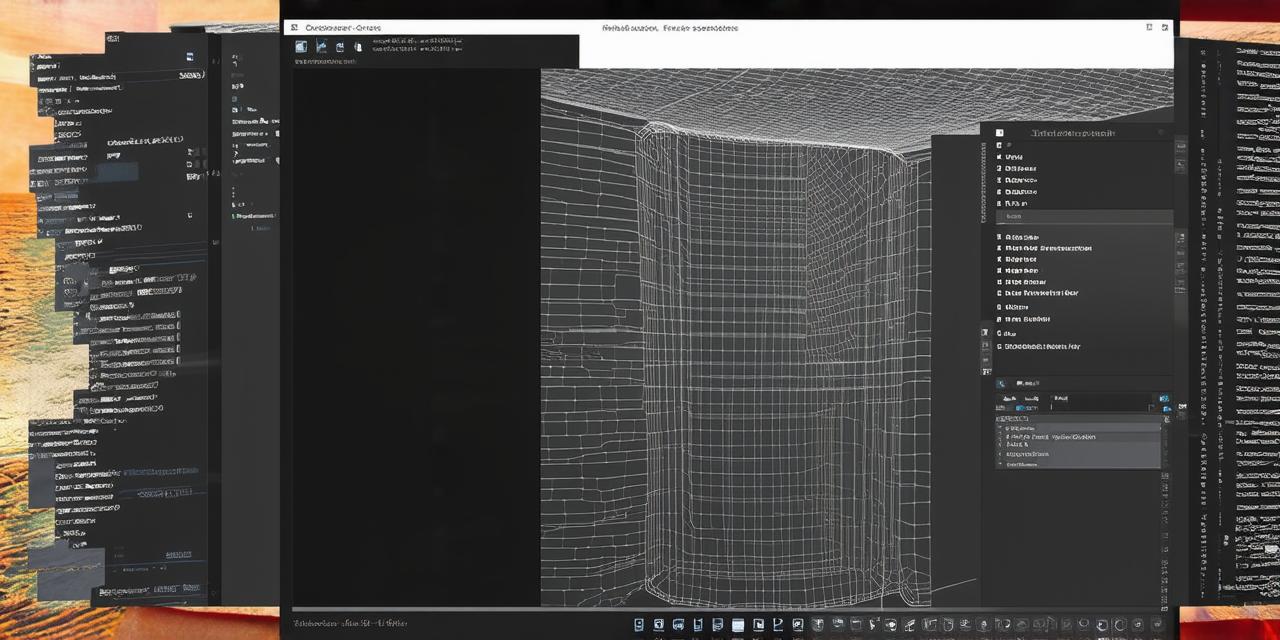Are you looking to develop virtual reality (VR) applications using Unity on Linux? Look no further! In this article, we will explore the ins and outs of Unity VR development on Linux, including tips and tools to help you get started.
First, let’s understand what Unity is. Unity is a popular game engine used for creating 2D, 3D, and VR applications. It supports multiple platforms, including Windows, macOS, iOS, Android, and web browsers. However, it can also be used on Linux using various tools and workflows.
One of the most important things to consider when developing Unity VR applications on Linux is the hardware requirements. While most modern VR headsets support both Windows and macOS, some older models may only support one platform. If you are planning to develop for a specific VR platform, it’s important to check the minimum and recommended system requirements before getting started.
Once you have the necessary hardware, you can start setting up your development environment. There are several tools available that allow you to develop Unity applications on Linux, including:
- Wine – A compatibility layer that allows Windows applications to run on Linux. While Wine does not officially support Unity, it can be used to run the engine and some VR headsets.
- Steam – A digital distribution platform that supports both Linux and Windows. Unity has a plugin for Steam that allows you to easily deploy your VR application to users.
- MonoDevelop – An integrated development environment (IDE) that is specifically designed for Unity development on Linux. It includes features such as code completion, debugging, and asset management.
- Unity Hub – A tool that allows you to manage your Unity projects from a single interface. It also includes support for VR development, making it easy to deploy your application to different platforms.
Now that you have the tools you need, let’s dive into some tips for developing Unity VR applications on Linux:
-
Use Linux-friendly assets – When developing Unity VR applications on Linux, it’s important to use assets that are compatible with the platform. This includes textures, models, and other assets that may not work properly on Windows or macOS.
-
Optimize your application – Developing VR applications can be resource-intensive, especially on lower-end systems. It’s important to optimize your application to ensure smooth performance on Linux systems. This includes reducing the number of draw calls, minimizing texture sizes, and using efficient lighting techniques.
-
Test on multiple platforms – When developing Unity VR applications on Linux
